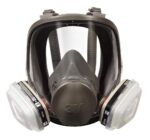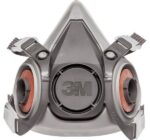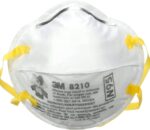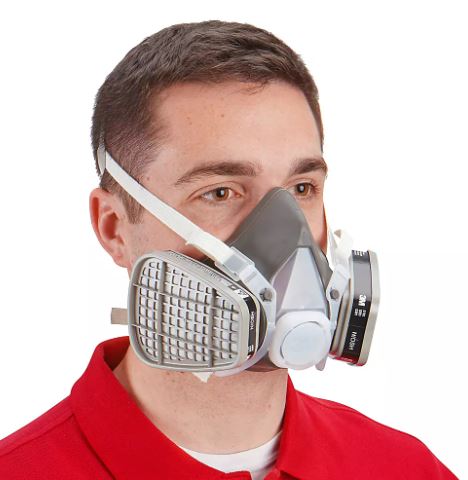Best Price Guaranteed
Safety Supplies at Best Prices
In-Stock
Stock Available in Dubai & Abu Dhabi – UAE
Worldwide Shipping
Worldwide Shipping Available
Bulk Discounts
Special Pricing for Bulk Orders
Safety Supplies at Best Prices
Worldwide Shipping Available
Special Pricing for Bulk Orders
Safety Supplies at Best Prices
Worldwide Shipping Available
Special Pricing for Bulk Orders
Safety Supplies at Best Prices
Worldwide Shipping Available
Special Pricing for Bulk Orders
Safety Supplies at Best Prices
Worldwide Shipping Available
Special Pricing for Bulk Orders
Safety Supplies at Best Prices
Worldwide Shipping Available
Special Pricing for Bulk Orders
Safety Supplies at Best Prices
Worldwide Shipping Available
Special Pricing for Bulk Orders
Medical Supplies at Best Prices
Worldwide Shipping Available
Special Pricing for Bulk Orders
Medical Supplies at Best Prices
Worldwide Shipping Available
Special Pricing for Bulk Orders

In today’s rapidly changing work environments, the air quality around us is often taken for granted. From construction sites filled with dust and debris to factories releasing harmful fumes, workers are constantly exposed to airborne hazards that can pose serious health risks. This is where air-purifying respirators come into play. These essential safety tools provide a protective barrier, filtering out harmful particles and ensuring that workers can breathe safely. In this article, we will explore why air-purifying respirators are no longer just an option, but a necessity for every worker facing potentially hazardous air conditions.
When it comes to worker safety, we often think of hard hats and steel-toed boots, but respiratory protection is just as critical. Air-purifying respirators (APRs) provide a frontline defense against dangerous airborne substances, making them essential in many work environments.
APRs are protective devices designed to filter out harmful particles, gases, and vapors from the air. Unlike supplied-air respirators, APRs don’t bring in clean air from another source. Instead, they filter the air in the environment.

Full Face Respirators cover the entire face, offering maximum protection against both particulates and gases. These are often used in more hazardous environments such as chemical plants.

Half Face Respirators cover the nose and mouth and are ideal for protection against dust, fumes, and vapors. Filters can be replaced, making them suitable for long-term use in industries like construction.

Disposable Masks are single-use masks, often used in healthcare and light industrial settings. They filter out dust and some particulates.
Different industries face different respiratory hazards, but here are some common ones:
Failing to use proper respiratory protection can have severe consequences for workers’ health and a company’s bottom line.
Not all APRs are created equal. Here’s how to choose the best one for your workplace:
Here are three high-quality APRs suitable for different industries:

When purchasing APRs, always look for the NIOSH approval label. This ensures that the respirator has been tested and certified to meet safety standards. 3M provides NIOSH-approved 3M respirator cartridges and filters, ensuring reliable protection. Using non-approved respirators puts workers at risk and leaves employers liable for any injuries.
In the U.S., OSHA has strict guidelines for respiratory protection, and failing to comply can result in hefty fines. It’s important to ensure that the APRs you provide meet OSHA and NIOSH (National Institute for Occupational Safety and Health) standards.
While it may be tempting to cut costs by purchasing cheaper respirators, quality should always come first. High-quality respirators provide better protection, last longer, and are more comfortable, which means workers are more likely to use them properly.
By investing in reliable APRs, companies can reduce the risk of worker illness, avoid costly legal claims, and even save money in the long run through reduced replacement costs and fewer worker absences.
In conclusion, air-purifying respirators (APRs) have become an indispensable part of workplace safety, offering vital protection against airborne hazards. Whether workers are exposed to dust, chemical fumes, or biological contaminants, using the right respirator can make all the difference in ensuring their health and safety. As airborne risks continue to rise in various industries, selecting high-quality, NIOSH-approved APRs is not just a regulatory requirement but a critical investment in worker wellbeing. Companies that prioritize respiratory protection not only safeguard their employees but also avoid costly health issues and legal liabilities. For top-quality APRs and expert guidance on compliance, visit 212Safety.com to ensure your workforce is protected with the best safety equipment available.
Ready to equip your team with the best air-purifying respirators? Visit 212Safety.com today. We offer a wide range of NIOSH-approved APRs and safety supplies to help protect your workforce in the USA, UAE, and Africa. Whether you need disposable masks or heavy-duty full-face respirators, we’ve got you covered. Don’t wait—protect your workers and ensure compliance with the latest safety standards. For more details on international shipping, please email us at sales@212instruments.com and WhatsApp us +971-55-3762098
Chat with us